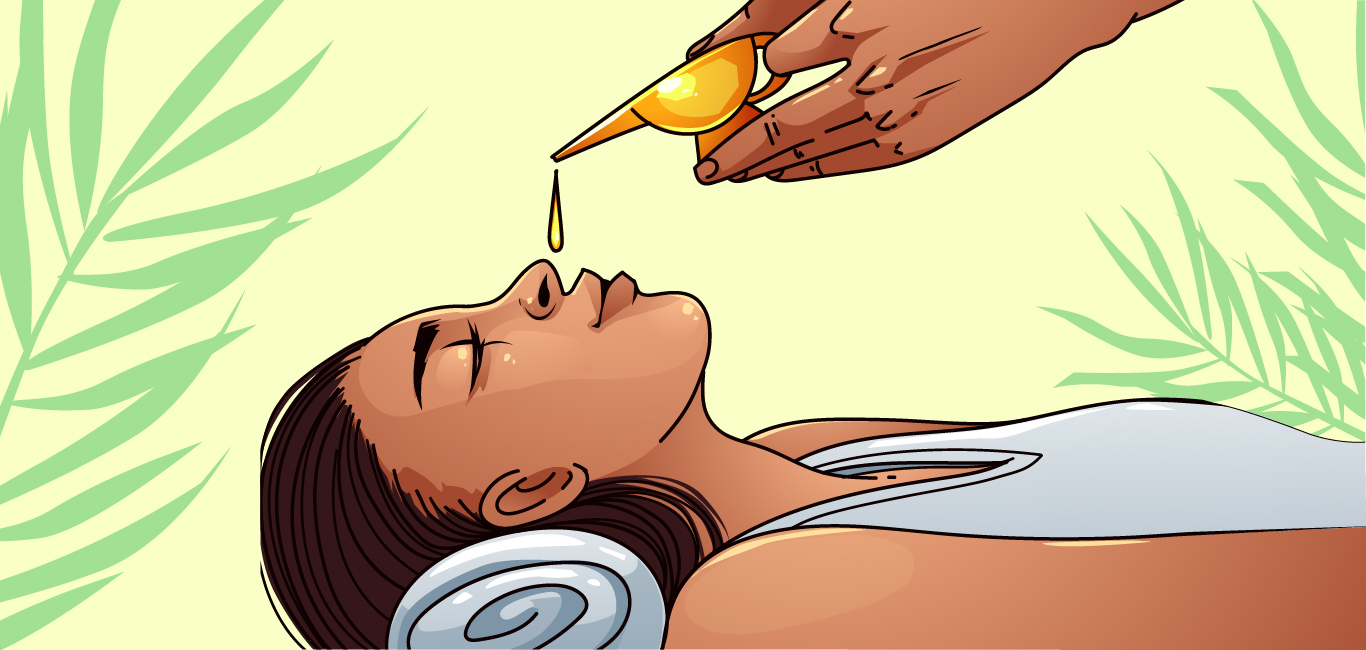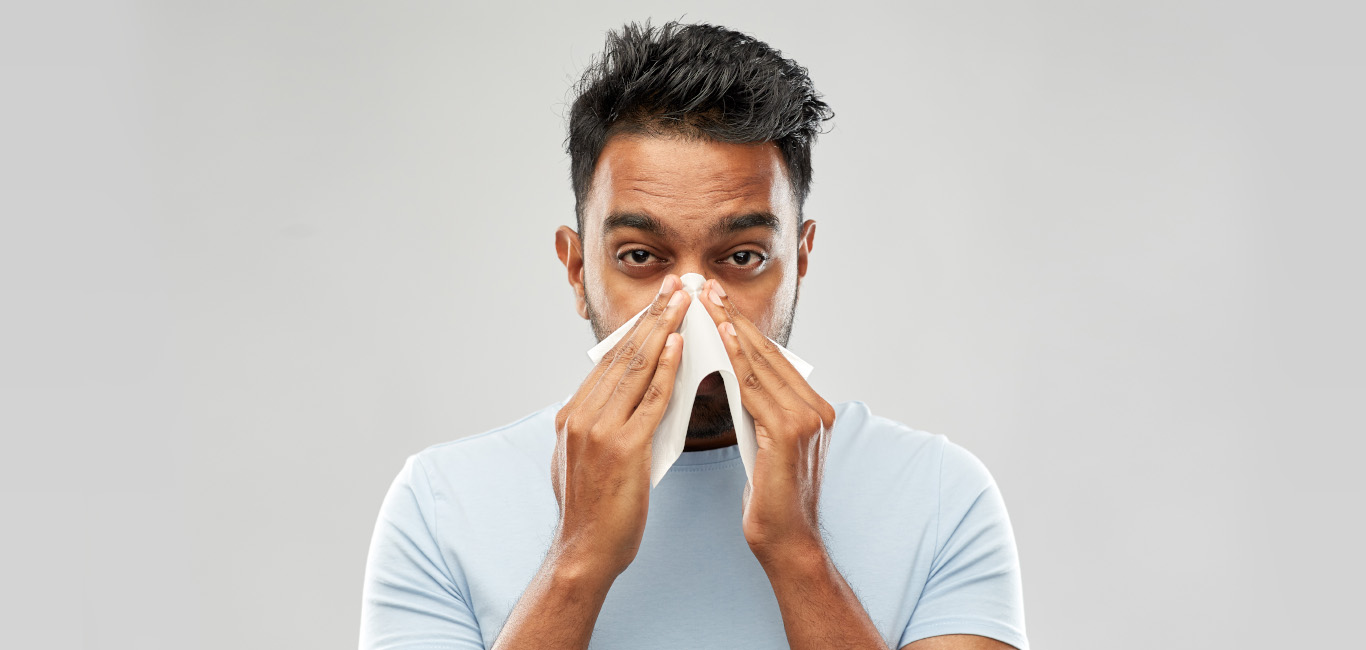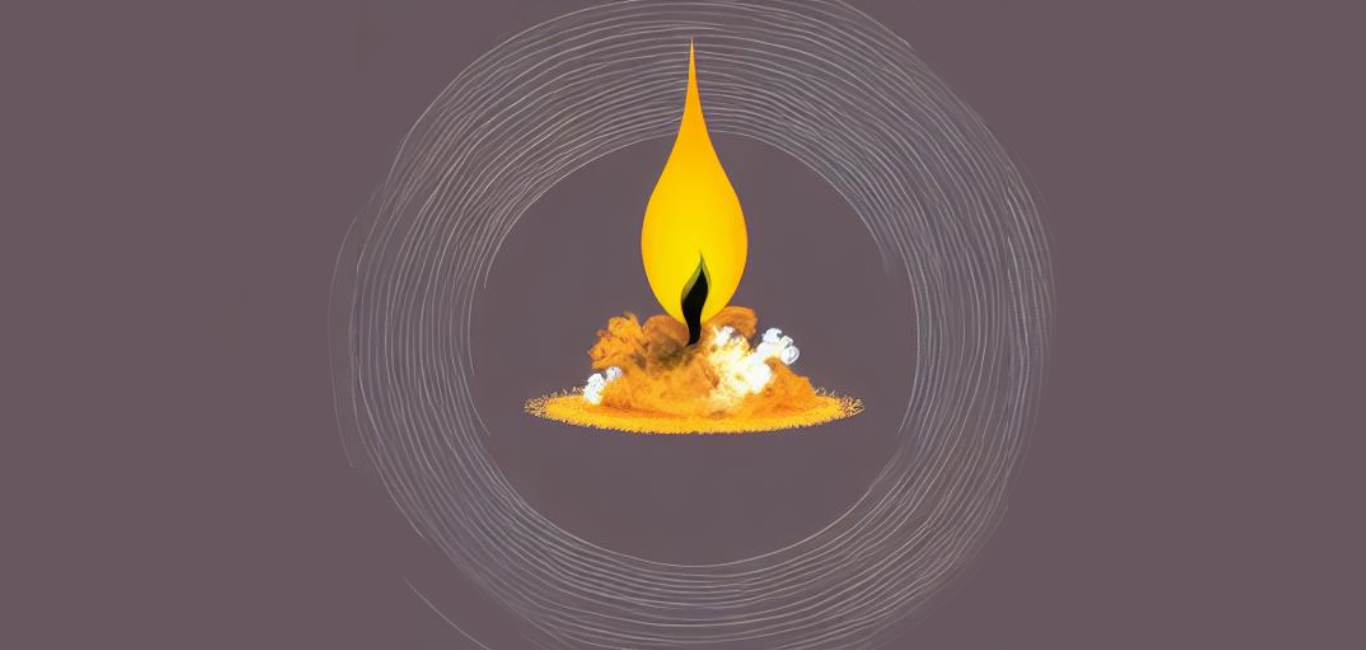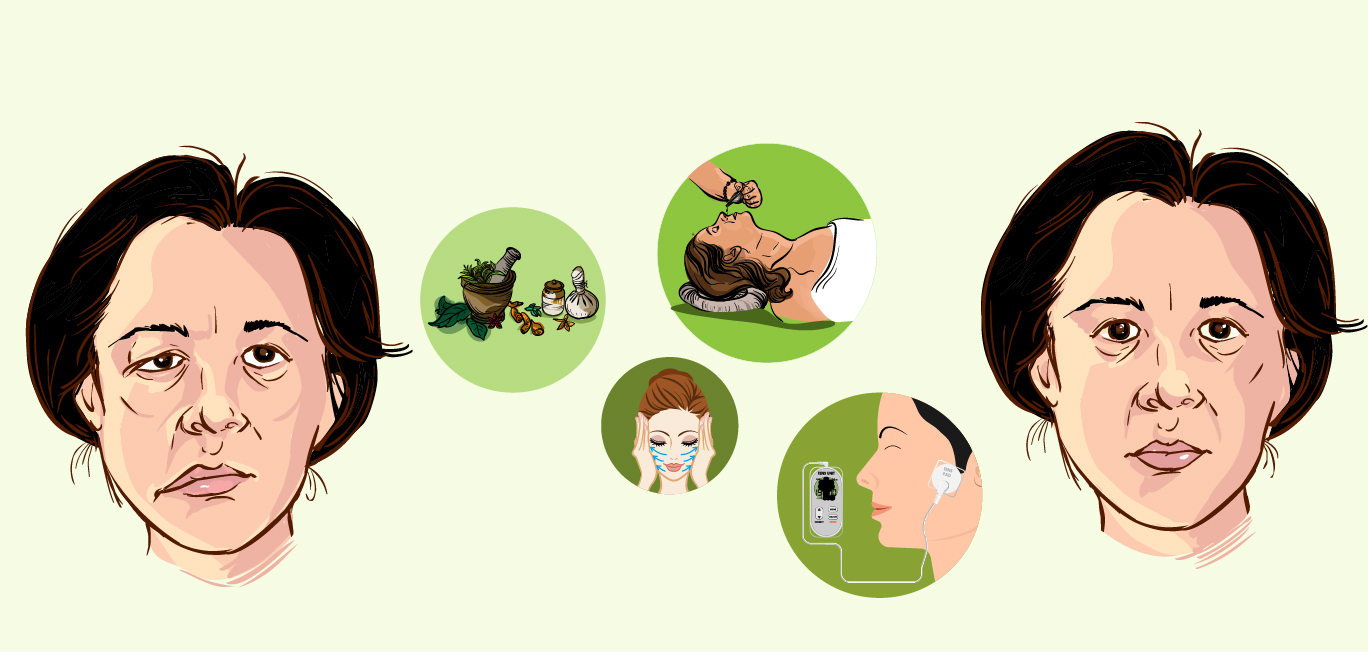
For the past few years, Subha Sajan had been having nose congestion, usually triggered by minor lifestyle and environmental changes. No matter how much steam inhalation she did or how early she tried hitting the bed, her nose remained clogged the following day.
The 48-year-old homemaker from Bengaluru prefers home remedies to get rid of nasal congestion, but even that did not help and the common cold and sniffles became a part of her everyday life. She then decided to visit an ayurvedic practitioner. Her doctor advised nasya therapy for seven days and prescribed some ayurvedic oral medicines.
“Steam blew over my face as I lay on a massage table. My therapist gently massaged my head, neck, and shoulders with a calming oil, which had the aroma of basil leaves,” says Sajan, describing the experience. The therapist then placed a warm rolled towel under her neck and tilted her head backwards before putting three drops of the refreshing oil mixture into her right nostril. “As she massaged my face, I breathed in through my nose and out through my mouth before the procedure was repeated in the left nostril,” Sajan continued. Following the therapy, her stuffy nose cleared and she could swallow freely for the next few weeks.
What is nasya?
Nasya or intranasal drug therapy is the nasal administration of medications, including various oils, dry powders or herbs, ghee, and medicated decoctions and milk. It is a cleansing procedure in panchakarma, which involves applying herbal oil into the nostrils, allowing the oil to travel through the nasal cavity and into the mouth.
Nasya can help clear the nasal cavities and strengthen the upper respiratory system, says Dr Gopildev T G, assistant professor, Panchakarma department, SCPM Ayurvedic Medical College, Uttar Pradesh.
“Nostrils are the pathway of prana (breath of life) in the body. One should always keep the nostrils and nasal passage healthy to maintain bodily balance,” says Dr Anakha Venugopal, Panchakarma expert, Indeevaram Ayurveda Clinic, Cochin, Kerala.
The nasal drug therapy cleanses the accumulated phlegm from the head and neck. Nasya treatment helps to combat dry sinuses, chronic sinusitis, headaches, allergies and ear infections, frequent colds and flu, migraines, tinnitus, and frozen shoulders. The therapy also helps relieve anxiety, insomnia, and emotional stress, says Dr Venugopal.
A 2020 study published in Frontiers in Pharmacology found that intranasal drug administration can have promising results in managing neurodegenerative conditions like Alzheimer’s disease, epilepsy, Parkinson’s disease, and Bell’s palsy.
There are different types of nasya based on the type of herbs and ingredients used. They can be virechana nasya (cleansing type), brimhana nasya (nutritive type) and shamana nasya (sedative type). Nasya therapy is not advised when one has acute nasal congestion due to infection or inflammation, headache and fever. Pregnant women should also stay away from nasya, adds Dr Venugopal.
DIY Nasya
According to Dr Gopildev, one can perform nasya as a preventive, protective and curative measure for conditions related to the head and neck. Nasal therapy can be done as part of a daily routine or dinacharya, which is rejuvenating.
Putting two drops of sesame oil, ghee, or anu thailam (an oil made of multiple herbs) into the nostrils every morning is a common form of nasya. Ayurveda experts perform it in a therapeutic way with added procedures like massage, steam therapy and by using customised nasya oil based on the condition.
To practice nasya at home, begin by indirectly heating the bottle of oil, preferably anu thailam, in warm water until the oil is warm to the touch.
- Sit comfortably with the head slightly tilted back
- Give your face a gentle massage with the same oil
- Put the drops into the nostril by keeping the dropper at the right nostril’s base
- Inhale deeply and then repeat the same with the left nostril. Stay in the same position for two minutes
When oil is poured into the nose, it may come out of the mouth. One should not swallow the oil (and phlegm) but spit it out. The therapeutic nasya application provides a deep and thorough relaxation of the nasal passage. The procedure helps to expel excess mucous and clear the upper and lower respiratory tracts.
The right time
Nasya might feel uncomfortable if we are new to it, but we will be comfortable with the procedure in a week’s time. It is best to perform this on an empty stomach as the taste of the medicine might nauseate us. For people with kapha (water element) nasya should be performed in the morning. However, people with pitta (fire element) should prefer afternoons and those with vata (air element), evenings. We should avoid the procedure at night as it may lead to breathing difficulties.


















2 Responses
Very good
I am suffering from sinusitis. How can this therapy help me?